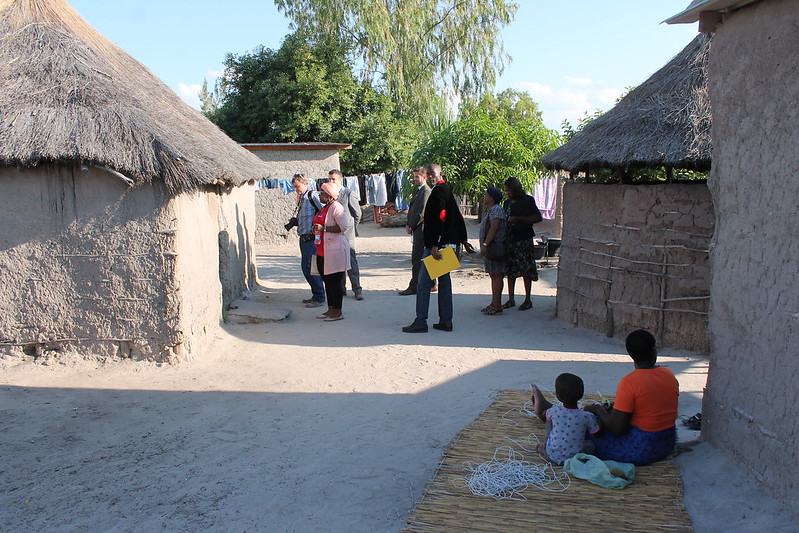 Namibia is a country on the southwest coast of Africa. It was a German colony from 1884 to 1919. Under German control, Namibia suffered a genocide as well as economic depletion. In the aftermath of WWI, South Africa took control of Namibia. After a decades-long resistance movement, the country gained independence in 1990, creating a democratic multiparty system. Unfortunately, the effects of colonial exploitation continue to make the country economically vulnerable. For instance, 64% of Namibia’s population still lives below the poverty line, contributing to Namibia’s current housing shortage.
Namibia is a country on the southwest coast of Africa. It was a German colony from 1884 to 1919. Under German control, Namibia suffered a genocide as well as economic depletion. In the aftermath of WWI, South Africa took control of Namibia. After a decades-long resistance movement, the country gained independence in 1990, creating a democratic multiparty system. Unfortunately, the effects of colonial exploitation continue to make the country economically vulnerable. For instance, 64% of Namibia’s population still lives below the poverty line, contributing to Namibia’s current housing shortage.
MycoHAB
MycoHAB is a non-profit organization that researches and produces mycelium to create building materials that can be used to develop infrastructure in African communities. The company also strives to end food insecurity, create jobs and maintain a carbon-negative impact through its mycelium technology. The company began as an initiative alongside MIT’s Center for Bits and Atoms under the direction of the Standard Bank Group, Africa’s largest bank. Although now independent of both MIT and the Standard Bank Group, the company’s approach was born from Standard Bank’s Buy-A-Brick program that works to alleviate homelessness in Namibia. The program was created to help fund the building of brick homes for those living in informal structures. https://
With this foundation, MycoHAB focused its mycelium structures into MycoBlocks, creating a more sustainable and community-forward approach to building houses. MycoHAB still donates 100% of its proceeds to its inspiration charity, the Buy-A-Brick Foundation.
Namibia’s Housing Shortage and Poverty
Namibia has a population of around 3 million people. It is considered a lower-middle-income economy, with half of its population living in rural areas. Mining is the country’s largest industry, accounting for 30% of its gross GDP, yet less than 10% of the overall workforce is employed within said industry, with unemployment rates only rising, according to Encyclopedia Britannica. As of now, one in five Namibians live in makeshift houses built from found materials or zinc sheets. Studies estimate that approximately half a million new homes are necessary to address Namibia’s housing shortage, The Guardian reports.
Giving Hope to Namibia
Starting in 2019, the MycoHAB Namibia project, entitled BioHAB, has been working to solve the housing crisis in Namibia by providing sturdy and eco-friendly homes to the unhoused as well as partnering with local communities to create jobs. The process begins by gathering the invasive encroacher bush that is causing significant damage to Namibia’s ecosystems to create a nutrient base for mycelium to grow through, MIT Sloan School of Management reports. The project then harvests the edible mushrooms and, partnering with community members, sells the product to local markets and hotels. It then takes the leftover mycelium waste and forms constructible bricks.
MycoHAB offers professional and agricultural training to community members who wish to contribute to the program, according to the MIT Sloan School of Management. Once trained, individuals can work for the project and receive a reliable income. When the bricks are no longer necessary, people can grow them and turn them into fertilizer for regional farming. Overall, the company is providing not just shelter but real homes to unhoused people in rural regions of Namibia who are most affected by poverty and social and environmental obstacles.
Namibia’s Housing Shortage: The Future
Homelessness exists in a cycle of poverty in which shelters can be the first step in breaking. Without shelter, the possibility of securing a paycheck, making a meal and getting adequate sleep is slim. For children alone, the opportunity of growing up in a home as opposed to on the street offers a 21% increased chance of escaping lifelong poverty. By providing a home, MycoHAB not only offers a solution to Namibia’s housing shortage but the chance for millions to gain a healthy and productive life.
– Amelia Dutch Player
Amelia is based in Savannah, GA, USA and focuses on Technology and Solutions for The Borgen Project.
Photo: Flickr

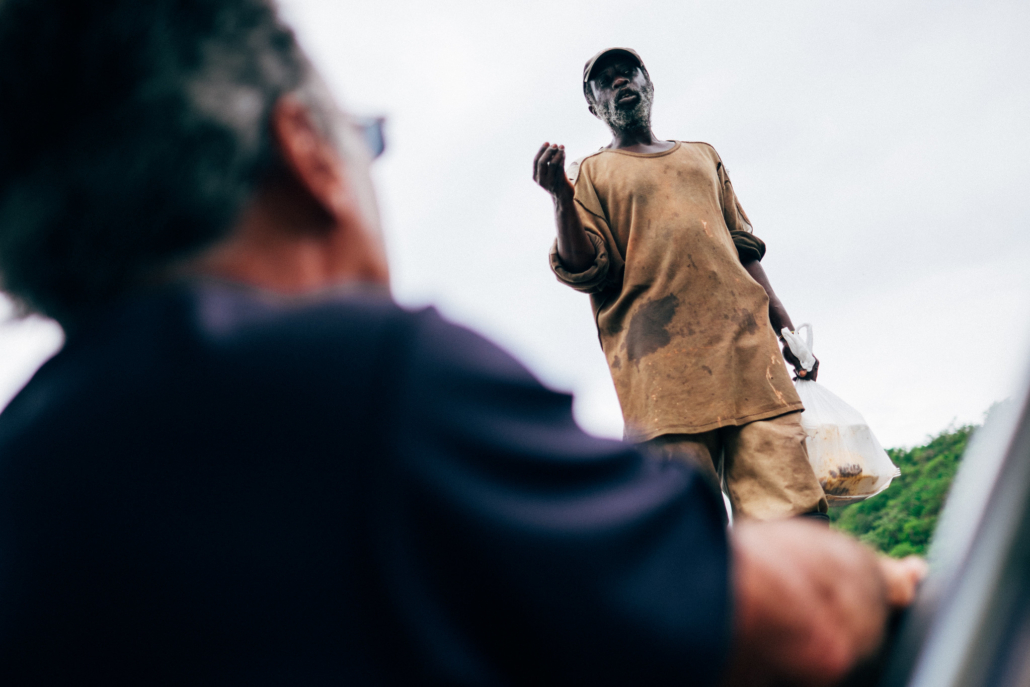


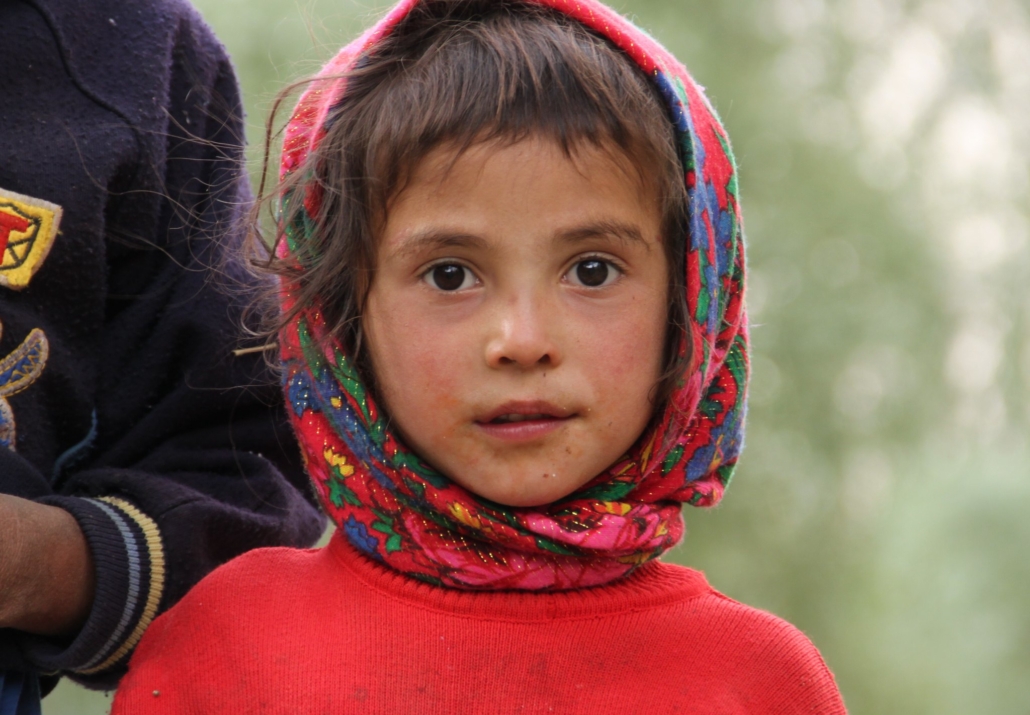
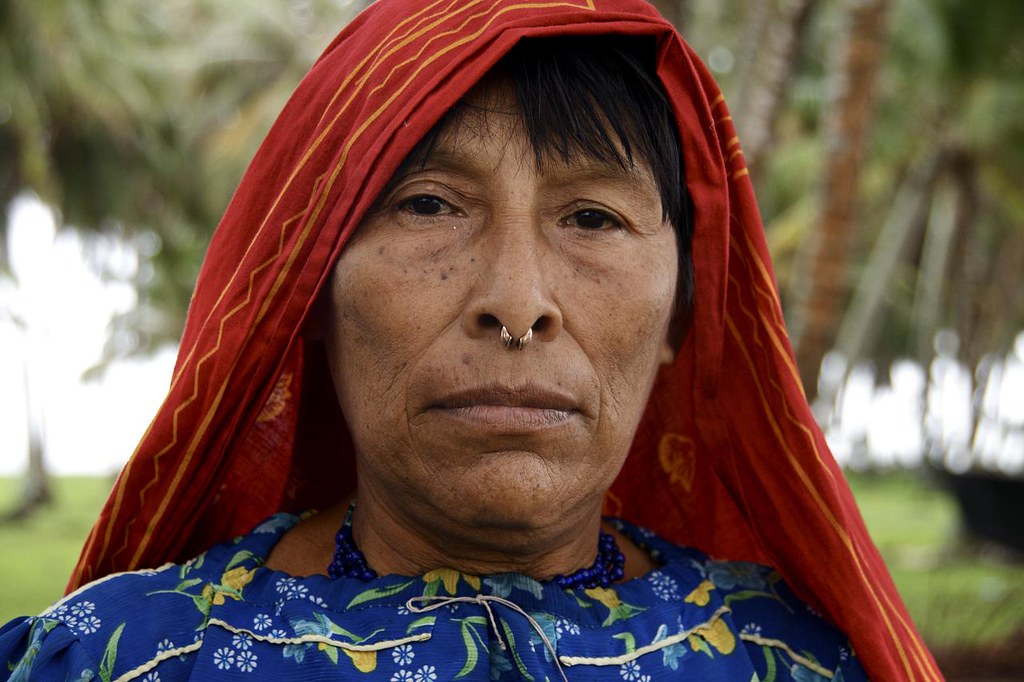
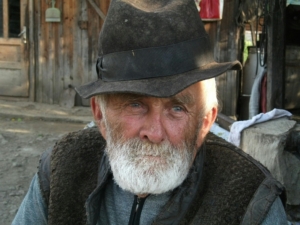 The picturesque landscapes and rich cultural heritage of Slovakia often belie the social issues simmering beneath its scenic veneer. The country is grappling with a homelessness problem that demands a compassionate, multifaceted response. This article addresses the homeless crisis in Slovakia in this in-depth exploration of the underpinnings of this societal challenge. Additionally, it provides information about the ongoing efforts to address homelessness.
The picturesque landscapes and rich cultural heritage of Slovakia often belie the social issues simmering beneath its scenic veneer. The country is grappling with a homelessness problem that demands a compassionate, multifaceted response. This article addresses the homeless crisis in Slovakia in this in-depth exploration of the underpinnings of this societal challenge. Additionally, it provides information about the ongoing efforts to address homelessness.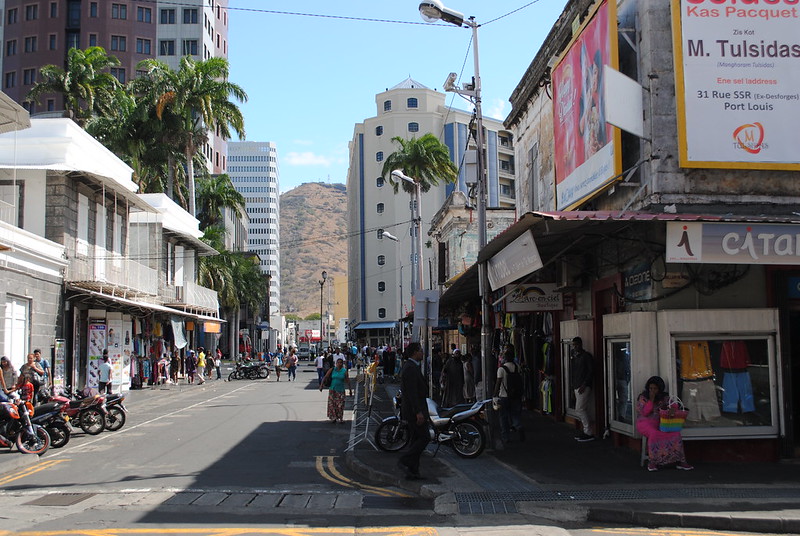 In many ways, the African island of Mauritius is the very picture of a tropical paradise, with blue seas, palm trees and white sandy beaches. The island also happens to boast
In many ways, the African island of Mauritius is the very picture of a tropical paradise, with blue seas, palm trees and white sandy beaches. The island also happens to boast 
